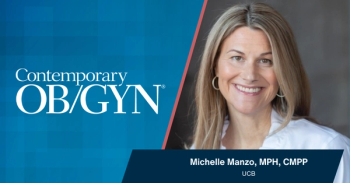
Not enough vitamin D in mom sets stage for osteoporosis in child
Maternal vitamin D insufficiency, a condition common among women ofchildbearing age and during pregnancy, may put offspring at greaterrisk for osteoporotic fractures in adulthood, according to theresults of a longitudinal study.
Maternal vitamin D insufficiency, a condition common among women of childbearing age and during pregnancy, may put offspring at greater risk for osteoporotic fractures in adulthood, according to the results of a longitudinal study.
Researchers from the United Kingdom followed 198 children until 9 years of age. They found that almost 50% of the mothers of the children had marginally low or deficient circulating concentrations of 25(OH)-vitamin D during late pregnancy. Lower concentrations of maternal vitamin D were associated with lower whole-body (P=0.0088) and lumbar-spine (P=0.03) bone mineral accrual in the children at age 9. The deficits manifested as smaller bones and reduced bone mineral content, but did not affect overall height or lean mass.
The association was probably at least partly mediated by umbilical venous calcium concentration, which, when reduced, also predicts reduced childhood bone mass (P=0.0286), according to the study.
Javaid MK, Crozier SR, Harvey NC, et al. Maternal vitamin D status during pregnancy and childhood bone mass at age 9 years: a longitudinal study. Lancet. 2006;367:36-43.
Newsletter
Get the latest clinical updates, case studies, and expert commentary in obstetric and gynecologic care. Sign up now to stay informed.










